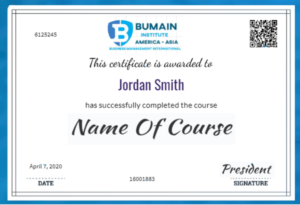
XQuery is a powerful language used for querying and transforming XML data. If you’re interested in learning the basics, here are some key concepts to get you started:
1. Basic Syntax
- XQuery is case-sensitive.
- Use
let,for,where, andreturnto construct queries.
2. Selecting Nodes
- Use the
//operator to select nodes from anywhere in the XML document. - Use
.to refer to the current node.
3. Functions
- Built-in functions like
count(),string(), andsubstring()are commonly used.
4. Filtering
- Use
whereto filter results based on conditions.
5. Combining Data
- Use
unionto combine results from different queries.
Example Query
Here’s a simple example to select all book titles from an XML document:
for $book in //book
return $book/title
Learning Resources
- Official Documentation: Check out the W3C’s XQuery specifications.
- Online Tutorials: Many websites offer step-by-step guides.
If you have specific questions or topics you want to explore, feel free to ask!
Do you like XQuery and want to learn the basics? Are you learning the basics of XQuery and want to get started? THEN, THIS IS THE COURSE FOR YOU! In order to get started with XQuery you only have to go frward and improve as much as you can with this important idea. Learning is a never ending process so you have to go forward and enhance your situation.
Learning is good and you can try that today with the help of internet and this information. Remember that you can try improving and learning more stuff so it is going to be great that you can advance in general.
Goals
- Getting XQuery related knowledge.
- Learning XQuery basics.
- Getting tips to study better.
- Learning XQuery Information.
Prerequisites
- Computer and speakers.

Curriculum
- 1 Section
- 18 Lessons
- 10 Weeks
- IntroductionXQuery is a powerful language used for querying and transforming XML data. If you're interested in learning the basics, here are some key concepts to get you started: 1. Basic Syntax XQuery is case-sensitive. Use let, for, where, and return to construct queries. 2. Selecting Nodes Use the // operator to select nodes from anywhere in the XML document. Use . to refer to the current node. 3. Functions Built-in functions like count(), string(), and substring() are commonly used. 4. Filtering Use where to filter results based on conditions. 5. Combining Data Use union to combine results from different queries. Example Query Here’s a simple example to select all book titles from an XML document: xquery Copy for $book in //book return $book/title Learning Resources Official Documentation: Check out the W3C's XQuery specifications. Online Tutorials: Many websites offer step-by-step guides. If you have specific questions or topics you want to explore, feel free to ask!18
- 1.1Introduction
- 1.2Course Overview
- 1.3Prerequisites:
- 1.4Duration
- 1.5Learning Format
- 1.6XML Basics
- 1.7Data Structures
- 1.8Programming Concepts
- 1.9Query Languages
- 1.10Basic XPath
- 1.11Objectives of Learning XQuery
- 1.12Introduction to XML and XQuery
- 1.13Advanced XQuery Techniques
- 1.14Application and Optimization
- 1.15XQuery Quiz Questions
- 1.16Quiz 2: Basic Querying Techniques
- 1.17Quiz 3: Advanced XQuery Techniques
- 1.18Quiz 4: Application and Optimization



